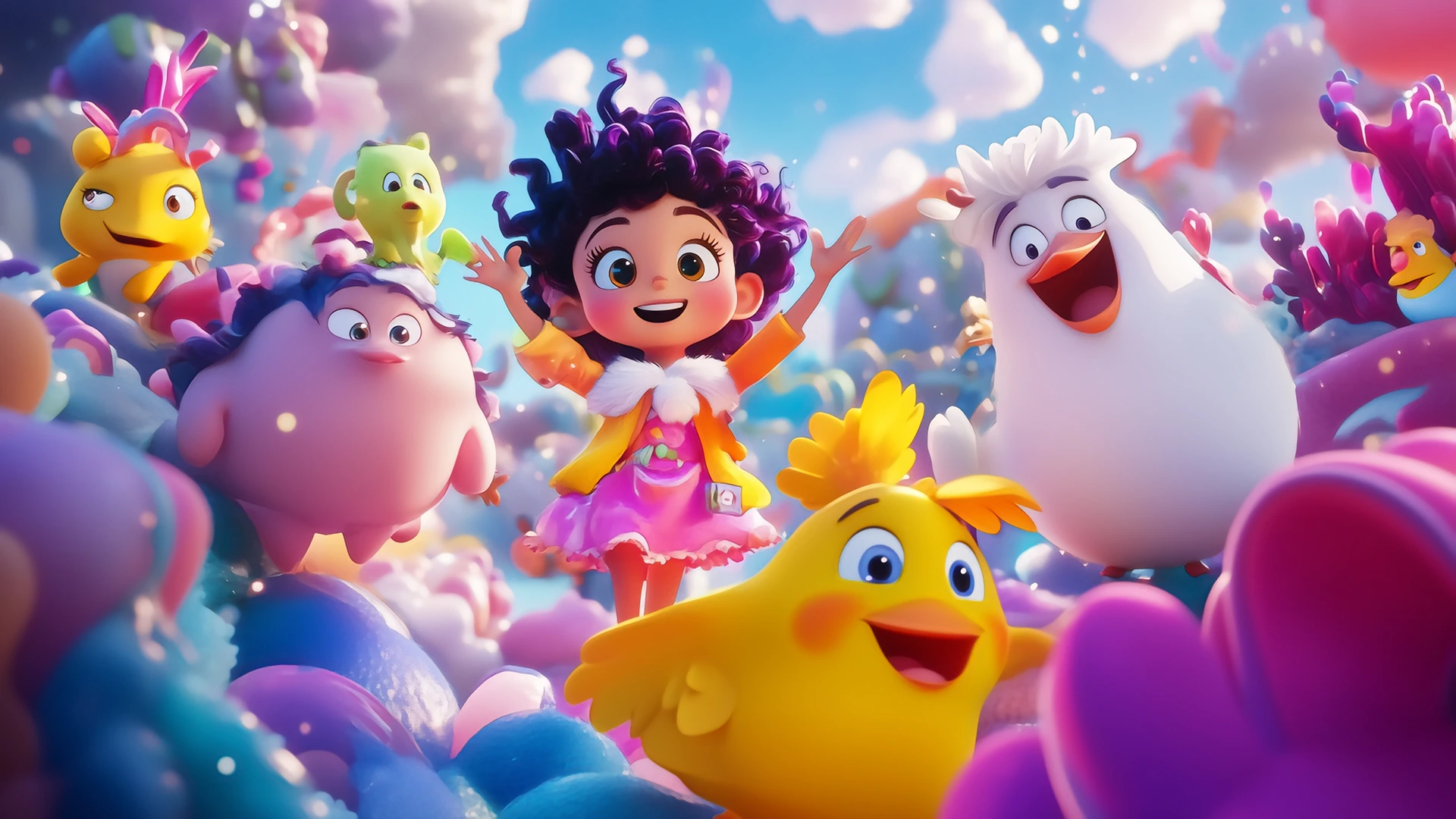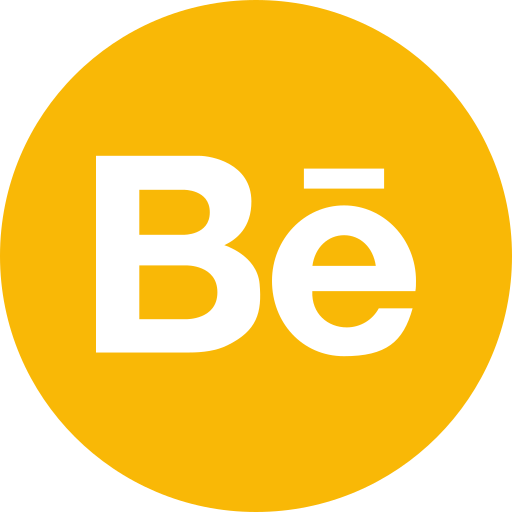
Appeal in Animation - A Comprehensive Guide
Key Takeaways:
- Appeal is paramount in order to make any animated character memorable and engaging.
- Mastering the principles of appeal will bring your animations from great to amazing.
- Understanding who your audience can help to create more appealing animation
- Appeal isn’t just about visual appeal but it’s personality and being relatable too
What Is an Appeal, Anyway?
First and foremost, appeal in animation is that indefinable quality that gets across to the viewer, making any character or scene irresistible. That’s what gets interest aflame and emotion running, eventually making a lasting impression. That will be the reason why we fall in love with animated characters, even when we realize it’s all just a lot of lines and colors on the screen.

The Building Blocks of Appeal
An appeal is not accidental. It can be studied and built. Now, let’s deconstruct some of the key, fundamental elements that make up appeal in animation:
- Simplicity and Clarity: Much of the time, less translates into more with appeal. A character design that is too busy or overwrought can be very off-putting. Many characters that have the greatest appeal have simple, easily recognized silhouettes.
- Exaggeration: It’s the beauty of animation that it takes us beyond the limits of reality. This exaggeration or extension of some characteristics and actions really brings out the expression and makes characters memorable.
- Personality: Many a time, it is through personality that comes the appeal of a character. This comes not only through the dialog but also through its posture, gestures, and facial expressions.
- Relatability: Audiences empathize with characters with whom they can identify on some level. This does not mean that characters must be wholly realistic; even the most fantastical creatures can have relatable traits or emotions.
- Uniqueness: While relatability is very much needed, a touch of uniqueness in the character goes a long way to its being memorable. Think Mickey Mouse or Totoro—these are unlike anything in the real world but are utterly pleasing.
The Psychology Behind Appeal
Knowing the psychology of appeal can become an incredibly powerful tool in an animator’s creative arsenal. Our brains are wired to respond to certain visual cues, and savvy animators tap into these instincts to create more appealing designs.
For example, we find people with big eyes so attractive because of their resemblance to infants, which easily arouses our nurturing instincts. Again, symmetry tends to be perceived as beautiful, though a hint of asymmetry can add personality and interest.
Here is a very short breakdown of some psychological factors that create appeal:
For example, we find people with big eyes so attractive because of their resemblance to infants, which easily arouses our nurturing instincts. Again, symmetry tends to be perceived as beautiful, though a hint of asymmetry can add personality and interest.
Here is a very short breakdown of some psychological factors that create appeal:
| Factor | Effect on Appeal |
|---|---|
| Large eyes | Triggers nurturing response, increases perceived cuteness |
| Symmetry | Generally perceived as attractive |
| Smooth, rounded shapes | Associated with friendliness and approachability |
| Contrasting elements | Adds visual interest and memorability |
| Familiar yet unique features | Balances relatability with distinctiveness |

Beyond Cute: Diverse Forms of Appeal
While cuteness is one form of appeal, it is far from being the only one. An appeal can be in so many forms, like cool, edgy, weird, or wonderful. The key is to understand your target audience and know what type of appeal is going to resonate with them.
Consider these diverse forms of appeal:
- Cute Appeal: Think big eyes, round shapes, and pastel colors. Perfect for children’s content or characters meant to be endearing. Cool Appeal: Sleek designs, dynamic poses, confident personalities—think action-oriented content or characters aimed at older kids and teens.
- Quirky Appeal: Unusual designs, unexpected color combos, offbeat personalities. Great for comedic characters or indie productions looking to stand out.
- Elegant Appeal: Graceful lines, sophisticated color palettes, refined movements. More mature content or characters with mystery would work well here.
- Grotesque Appeal: Exaggerated features, unconventional proportions, unsettling designs. Effective for villains, monsters, and avant-garde productions.

The Role of Motion in Appeal
While we’ve been discussing visual design a lot, it’s important to recall that animation is all about motion. A gorgeous-looking character can fail if their motion is unappealing. Conversely, a very simple design can be brought to incredible life through appealing, well-animated motion.
Key elements of appealing motion include
Key elements of appealing motion include
- Timing and Spacing: This is the play of motion timing and spacing, which really makes a difference in the appeal of a character. Smooth and flowing motions can cause graceful characters, but splined, snappy motions would cause them to feel more energy and more excitement.
- Squash and Stretch: This is one of the most basic principles of animations that give their characters life and make them not feel rigid.
- Anticipation and Follow-through: These animation principles add weight and believability to your movements through the implication that the character is living in their world.
- Secondary Action: This kind of additional action can make a character more appealing and can also make these living creations more sophisticated.
- Arcs: Arched motions appear more natural. So, in animation, arcs equally give you a more appealing air of realism and naturalness.
Appeal Applied to Different Animation Styles
Importantly though, appeal isn’t the same across styles. Something that is considered appealing in 2D hand-drawn animation may not necessarily be translated into 3D CGI or even stop-motion. Let’s further expand and explain this through appeal through these styles, noting where it changes.
- 2D Animation In 2D it is very common and appealing in itself that much of the appeal of the animation comes from strong line work, creative use of squash and stretch, and sometimes breaking reality in charming ways. Characters morph and transform easily, being very expressive with their hi-jinx.
- 3D CGI Animation 3D animation allows for incredibly detailed textures and lighting that can contribute to appeal, but it can also fall into the "uncanny valley" if the humans are too real. Often, 3D characters are modeled with a level of stylization that adds to their appeal overall.
- Stop-Motion Animation There’s something, perhaps a little flawed and tactile in stop-motion, which makes it very special. The flaws are tiny in scale yet huge in impact on the craft that could make characters likable in a way that, perhaps, no other medium would be able to do. It is simply attaining motion expressiveness with physical puppets or models.

Crafting Appeal for Your Target Audience
Perhaps the most important step to making an appeal is getting to know your audience. What works on a preschooler will be very different from what works on a teen or adult. Here are some things to keep in mind when targeting your appeal:
- Age: Younger audiences tend towards brighter colors, simpler designs, and more exaggerated expressions. Older audiences appreciate the more subtle appeal.
- Cultural Background: Appeal can vary a lot across cultures. What may be considered cute or cool in one culture may not translate to another. Genre Expectations: The kind of appeal you go for should come in line with the genre you are working in. What this means basically is that a horror-themed animation compared to a romantic comedy will have very different kinds of appeal.
- Platform: Where will your animation play? A character designed for a mobile game might have a different type of appeal than one for a feature film.

The Business Side of Appeal
For an animation service provider, the understanding of appeal is not merely a question of art; it’s business. Clients want characters and animations through which they can connect with their target audiences. Equipped with the ability to craft appealing designs and animations, one can distinguish one’s studio in a competitive field.
Consider these business benefits of mastering appeal:
Consider these business benefits of mastering appeal:
- Greater Satisfaction with Clients: The clients love the work more when there is more appeal; at the same time, greater appeal means that clients are happier. Happy clients will return for more and refer others.
- Higher Value Perception: Appealing animations often look more professional and polished. In effect, this will help you charge higher rates for your work.
- Expanded Market Opportunities: As you become more confident in your ability to create appeal, you may find opportunities opening in new markets or even new genres.
- Portfolio Strength: Attractive animations are great portfolio pieces, and serve as a means to help you seek new clients and opportunities.
- Brand Recognition: If you come up with a signature appeal style, that assists with personal or studio branding recognition.
Developing Your Eye for Appeal
Recognizing and creating an appeal is a skill like any other. The following are some ways of developing your “appeal sense”.
- Study Masters: The greatest animation authorities can be those who are considered masters in the craft. Analyze what they do and how they do it. What makes their characters appealing? How do they move to enhance that appeal?
- Observe Real Life: This is very significant. Observe what catches your eye about people, animals, or things in real life. What is it about them that makes you want to keep watching them?
- Experiment: Don’t be afraid to try many different styles and approaches. Sometimes those ‘happy accidents’ end up being very appealing designs.
- Seek Feedback: Get your work out there and ask for real, honest feedback from others. What do they find appealing or unappealing?
- Stay Current: Keep an eye on current trends in animation and character design but don’t be afraid to put your own spin on things.
Conclusion: The Endless Quest for Appeal
Creating an appeal in animation is a matter of art and science. An in-depth comprehension of design principles, psychology, and the ways of storytelling are mandated. Most importantly, it needs passion and readiness for continuous learning and experimentation.
Remember, there’s no one-size-fits-all formula for appeal. Techniques that work for one character or project won’t necessarily work on another. The key is to keep challenging yourself and honing your skills but always stay true to creating characters and animations that connect with an audience deeper than the surface level.
Remember, there’s no one-size-fits-all formula for appeal. Techniques that work for one character or project won’t necessarily work on another. The key is to keep challenging yourself and honing your skills but always stay true to creating characters and animations that connect with an audience deeper than the surface level.
FAQ
1) Can appeal be measured?
While there can be no uniform metric to measure appeal, certain principles—such as symmetry, harmony of color, proportion, etc.—can be judged against an objective consensus. The appeal also has a subjective component that varies by individual and culture.
2) Is appeal relevant only for the main characters?
More often than not, attention goes to the main characters. That said, for any animation, the bottom line is appeal for all elements from secondary characters to backgrounds, and even the most abstract ones like effects and transitions.
3) How does appeal differ in 2D versus 3D animation?
Although most of the principles of appeal pertain to both, 2D animation tends to stay more dependent on expressive linework and exaggeration; 3D animation can use realistic textures and lighting. The challenges and opportunities lie in each medium to which appeal has to be added.
4) Can appeal be added to an existing design?
While an appeal is easier to get into the design in the first place, principles of appeal can often be used with existing designs. It may mean simplifying shapes or adjusting proportions or it can refer to enhancing expressiveness.
5) Is there a difference between appeal in character design and appeal in animation?
Although these are related skills, one can have an appealing design but fall flat in animation, or vice versa. The best results come when thinking of considering both aspects together to drive a cohesive, engaging result.
Let's Discuss !!














